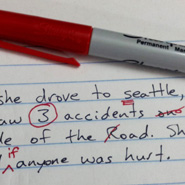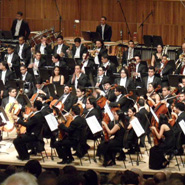Understanding Electric Guitar for Musical Directors
This post will outline the relevant aspects of electric guitar for Musical Directors. I’ll cover the common models, give a brief overview of the various controls, touch briefly on amplifiers and demonstrate the main effects used on electric guitar sounds.
I’m aiming this post at Musical Directors in the Musical Theatre world, but it may be useful for any musician, band leader, composer or arranger who wants to understand electric guitar better.










